Can Solar Panels Cause Noise?
Jan 20, 2025
The short answer is no—solar panels themselves do not produce any noise because they do not have moving mechanical parts. But to fully understand why, we need to know what solar panels are. Solar panels are devices that convert sunlight and heat energy into electricity, which is then stored for later use. Essentially, they transform solar energy into electricity, with no sound involved. This is in contrast to traditional power generation methods, making solar energy a clean, eco-friendly, and virtually limitless resource.
Measuring the Noise from a Solar System
If the solar panels themselves don’t generate noise, where might the sounds we hear come from? The noise is likely due to installation issues, weather conditions, or environmental factors.
1.Installation Issues: Solar panels require a frame structure to be installed properly. If there are issues during installation, such as loose screws or components that fall off, or if cables aren’t secured properly, these factors can lead to noise. While solar panel installation for residential use is relatively straightforward, but also can be asked to install professional personnel to reduce this problem.
2.Weather Conditions: In windy weather, solar panels can shift or become loose, causing noise. Additionally, the pressure of wind on the roof where the panels are mounted can cause distortion, resulting in sound. If this happens, both the panels and the roof should be inspected and repaired.
Environmental factors also play a role. For example, if the installation site is near a wind tunnel, it could amplify the noise from the panels.
3.Inverter noise problem: In fact, stored in the solar panels are DC power, to be converted to usable electricity, we need inverters, DC into AC, home inverters are divided into micro-type and string group type, whether there is a noise problem depends on the type of inverter you use. According to most users there is usually a humming sound, which actually comes from the string inverters. When each solar panel is equipped with an inverter, we call it a micro inverter, which does not produce noise, while a string inverter is usually on the wall of a building, which makes noise due to the conversion of current. Long time work will inevitably heat, this time to ensure normal work, comes with the radiator will work, this is a normal situation, will not produce noise!
How to Prevent Unnecessary Solar Panel Noise
To avoid unnecessary noise, it’s important to select the right installation site and follow the manufacturer’s installation instructions carefully. After installation, check for potential issues such as wind tunnels or loose parts. Regular inspections and timely maintenance are key to ensuring optimal performance.
How to Address Noise Issues
Identify the Source of the Noise: If the noise is caused by wind, loose components, or inverter operation, simple solutions may be available. For wind noise, for example, installing gel cushioning boards between the panels can help reduce vibrations.
Professional Help for Serious Issues: If you cannot identify or resolve the problem, it’s important to contact a technician.
Solar panels themselves are silent; the noise usually comes from installation issues, inverter operations, wind, or damage. While inverter noise is unavoidable, most other sources of noise can be managed or prevented with proper installation, maintenance, and timely repairs.
As the demand for sustainable energy continues to rise, Solar Panel Technology is at the forefront of innovation, providing a cleaner, more efficient way to harness the power of the sun. At Anern, we are proud to offer cutting-edge Wholesale Solar Panels that meet the highest industry standards. Whether you're looking to upgrade your home, business, or large-scale solar installation, our reliable solar panels are designed to meet your needs. Visit our website today to learn more and make the switch to solar energy!
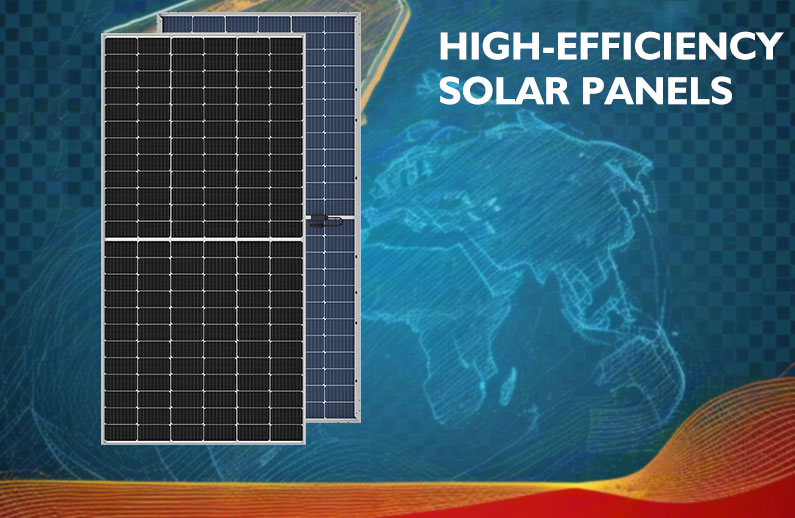
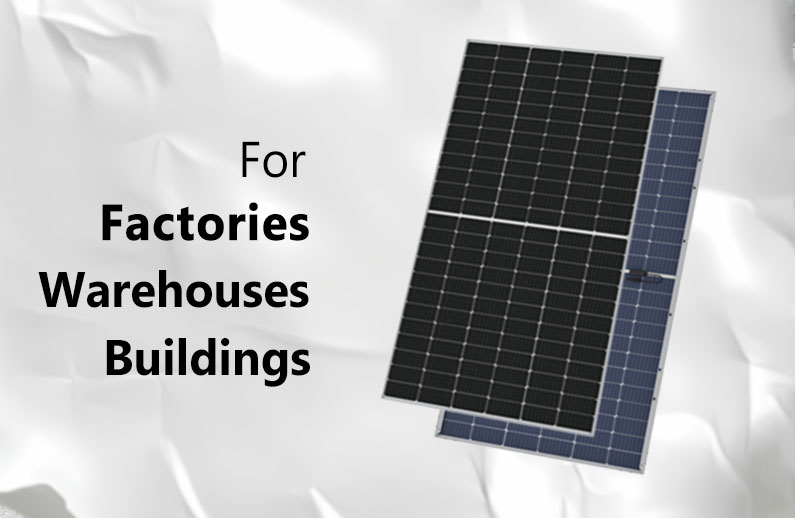
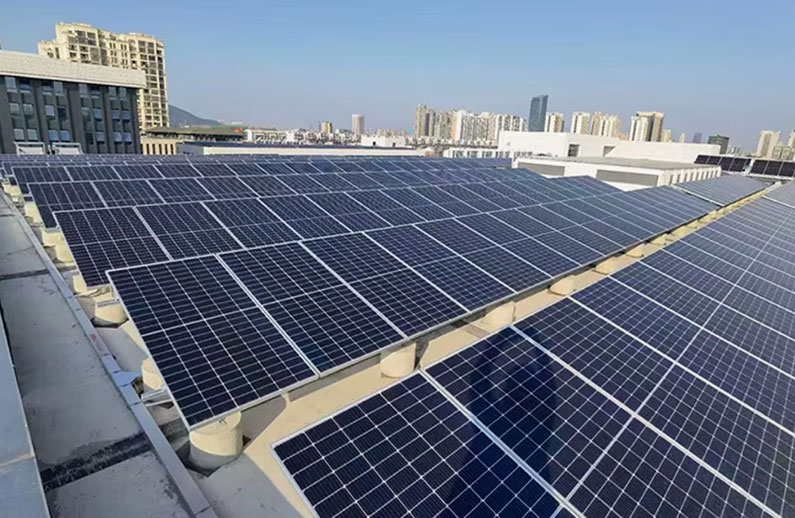
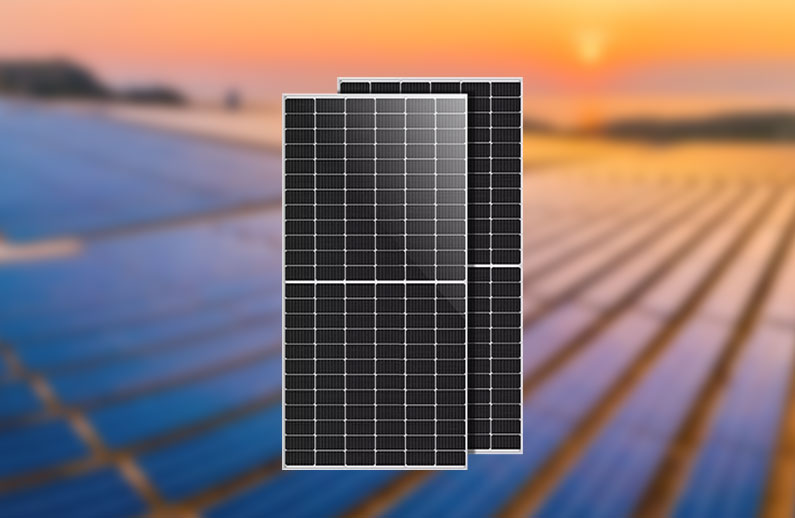
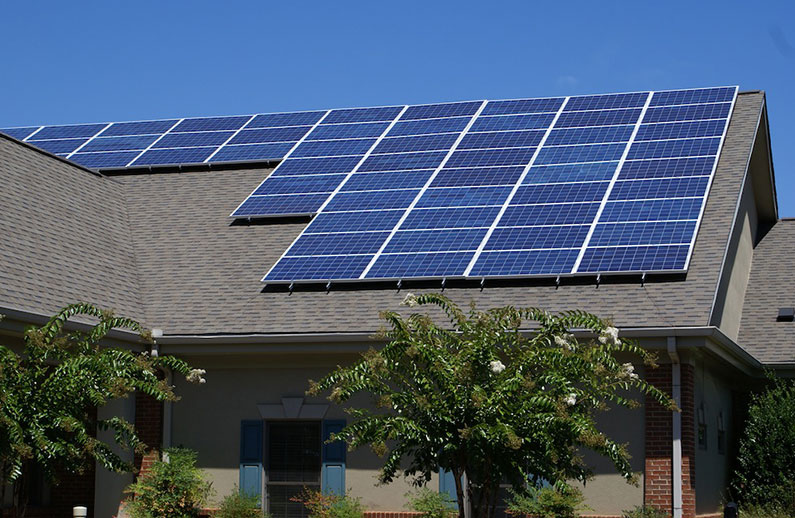
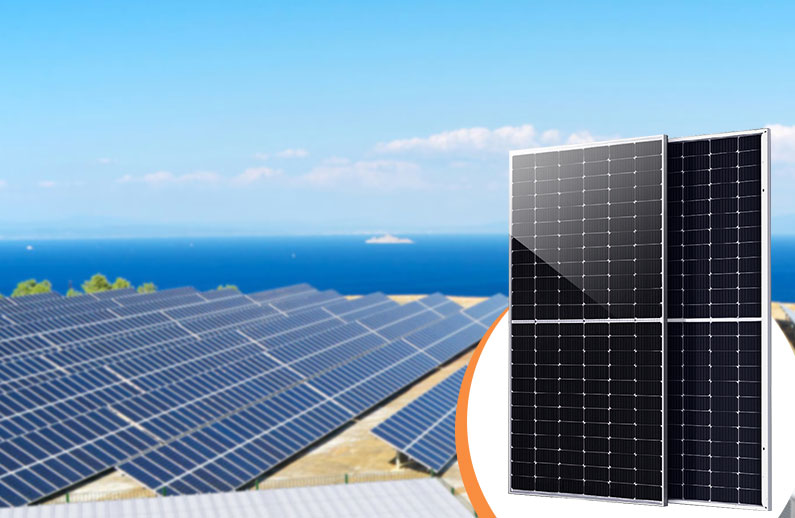
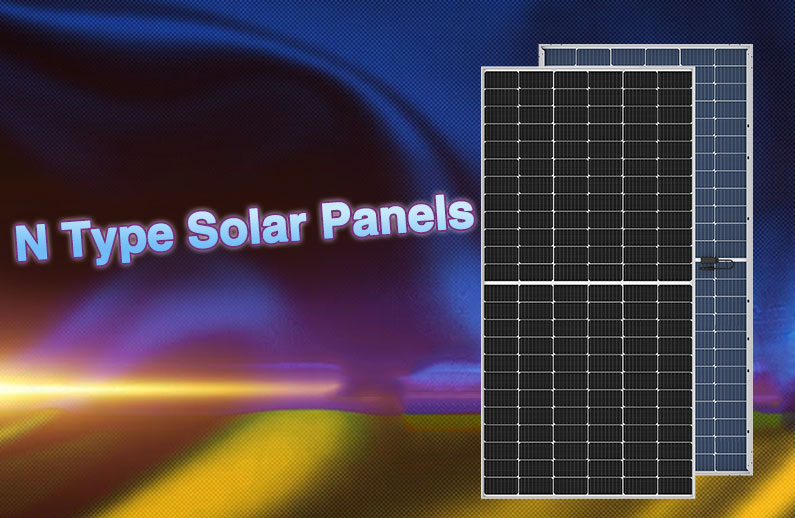
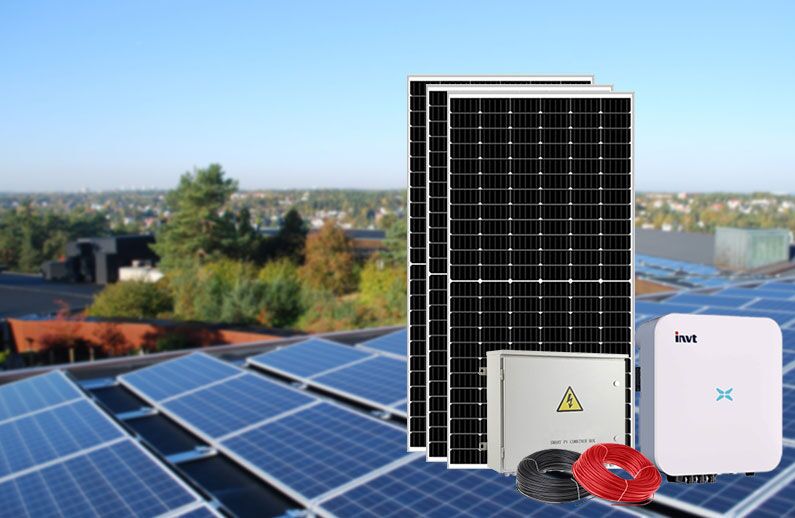

 Network Supported
Network Supported